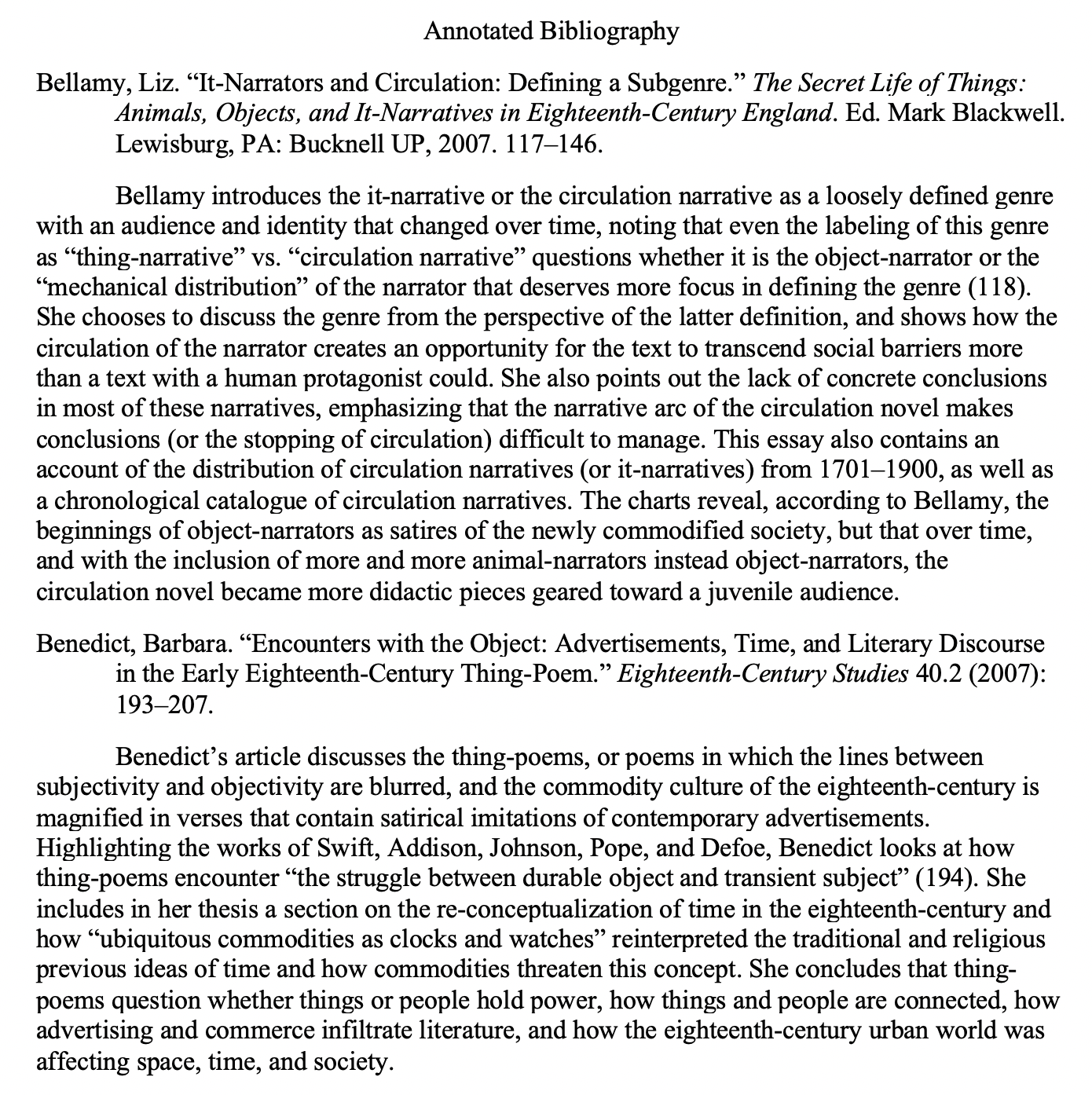Let me tell you a story.
Back when I was working on my doctoral degree, I had to do a thing called "The Exams." It's the part of the degree you have to complete after you've taken all the required classes but before you can start on your dissertation.
For my program, the way it worked was that I had to first compile a list of books and articles that I should be familiar with if I was going to call myself a PhD: foundational texts in my field, readings reflecting my particular subfield interests, and resources that could specifically inform my dissertation research, should I ever get that far. Once my list was approved, I would then spend however long it took reading everything on the list. Then I would take the exam, which gave me four days to respond to three very big, very difficult questions with a 20-page essay—each.
My reading list came to 69 books and 158 scholarly articles. It took most of a year to read, skim, and scan the list in preparation for the exam.
But here's the thing: I don't have some phenomenal memory or genius-level intellect. On the contrary, I wasn't even close to being at my mental best. During that year of studying, my partner and I were working multiple part-time jobs each while raising two small children without any childcare, staggering our schedules to make sure one of us was always home. Neither of us ever got more than 4 hours of uninterrupted sleep a night, and Emily was pregnant with our third kid for much of that time. I did most of my reading in a highly distracted or fatigued state, often late at night in the few hours after kids were asleep but before I conked out.
I was in no state to read and comprehend complex scholarly writing and in much less a state to remember and distinguish the contents of thousands of pages in preparation for proving my erudition on an epic essay test. Every day was merely a blur of making peanut butter sandwiches, reading rhetorical theory, changing diapers, examining composition research, and watching Yo Gabba Gabba.

Still not sure if this is something I watched with my toddlers or something I hallucinated while studying...
Image by Yo Gabba Gabba
Like I said: I'm no genius at the best of times. So how did I keep all my reading straight in preparation for the exams?
I created an annotated bibliography, of course.
What Is an Annotated Bib and What Is It For?
An annotated bibliography is exactly what it sounds like it is. It's a bibliography (a list of books and articles) that has been annotated (someone has taken notes on it).
You most often see it take this form: A citation for a source is provided (usually in MLA or APA format), and then a paragraph or two follows that explains that source. Then another citation follows that, followed by a paragraph explaining that source, and so on.

A few entries from an annotated bib. Note the citations followed by paragraphs of notes.
You've probably only ever been assigned to do these in school, and your teacher probably specified what he or she wanted, giving you the impression that (a) there's a right way to create an annotated bib and (b) the purpose is to prove to someone else that you've done some amount of research, usually in preparation for writing a research paper. But annotated bibs, for the most part, have an audience of only one: yourself. Writers create them when they are trying to keep track of a large volume of information in preparation for synthesizing it into some project of their own.
Pull any serious nonfiction book off a shelf and flip to the back—you'll likely see pages and pages of sources that the writer consulted or cited in the course of writing the book. How did they keep all those sources straight in their heads? Are they a different breed of human, a higher intellect than you can ever hope to become?
No, they aren't smarter than you—they're just better organized. Virtually all of them compiled an annotated bibliography as they worked their way through all those sources, and not because a teacher told them they had to. They did it for themselves because that was the only way to keep track of an overwhelming volume of information.
The Most Common Types of Annotations
Of course you can annotate your sources in whatever way works best for you, but here are a few of the most common approaches.
Summary
Never underestimate the value of a good old summary. A few sentences expressing the thesis and main points of a source can be super helpful when you come back later trying to remember which of all your sources commented on a specific topic or, if many are on the same topic, which of those took a particular stance.
There's no one right way to summarize, but here are some pointers:
- A summary can be a single sentence that merely restates the thesis, a few sentences that add to the thesis its most important supporting points, multiple paragraphs that go into greater detail about the evidence offered to supplement those supporting points—or anything in between.
- It's usually best to give more detail for a source that will be central to your project and less detail for a less important source—that way you don't waste your time writing 10 sentences about a source that will only affect one sentence in your final project.
- Scholarly articles usually are accompanied with an abstract, that is, an author-written summary of the article. When your annotated bib is only for your own use, there's no rule against just copy-and-pasting the abstract into your bib, and doing so can save a lot of time.
- If you aren't interested in a source's main argument but instead in a smaller side point it makes, feel free to only summarize that point.
Intended Use
As you go on to read multiple sources, it can be difficult to remember what you intended to use an earlier source for when you finally incorporate it into your own writing. For that reason, many annotations take the form of notes to yourself on how you intend to use a source.
Such an annotation could take the form of where in your project you intend to use it:
In my methods section, I should use this source to illustrate how random sampling can overcome the common problems with research of this type.
You could also note what you'll use a source for an what other sources might be used alongside it:
I can use this article to illustrate a common counterargument to my claim before rebutting it using Grover (2019).
Key Lines
Another common approach is to merely quote or paraphrase key passages that could be useful to you later. Maybe you want to remember a particular statistic, or maybe the author had a great line that you want to remember to quote in your own work. Noting these down when they are fresh in your mind can save a lot of time rereading later on down the line.
Combine Them All!
Of course, early in your research process you might not yet have a good idea of what the best annotation method might be, so it might pay off to use a combination of all of these methods and more. For each source, you could include a paragraph summarizing it, followed by a paragraph of notes on how you might use it, followed by a few key lines. That way you have all your bases covered.
For a major research project that will cover dozens of sources, I personally recommend this approach, and I recommend being consistent. When I was working on my doctoral exams, I kept getting mad at my past self for not taking more extensive notes on sources that, at the time I read them, I thought weren't very important. When it came time to take the exam, however, I found that they were more important than I'd guessed. It wouldn't have taken much more effort to be consistent and comprehensive with each annotation I created along the way, and doing so would've been great insurance against having to reread things later.
Annotated Bibs For Others' Use
There are some times when you will create an annotated bibliography for the use of others besides yourself, and it is at those times that you might need to be more formal or regimented in your approach.
Proposals
When you are writing a proposal to gain approval for a major project—either an academic research project for school or a work-related project in your professional life—it's common to provide an annotated bib to demonstrate that you've already done enough research to know that the project being proposed is feasible.
In this case, you should think of your bibliography as a piece of evidence, a rhetorical artifact meant to help convince your reader (your teacher or your boss) that you can be trusted to take on the proposed project. To those ends, being more formal and complete in your annotations is a way of being persuasive.
Public Bibliographies
Occasionally, scholars and other researchers compile and publish annotated bibliographies to help their fellows get up to date on a particular subfield of interest and to facilitate new research by others. In this case, the focus of the annotations is almost always on summarizing the sources, since this type of annotation will be of the greatest utility to the readers.




